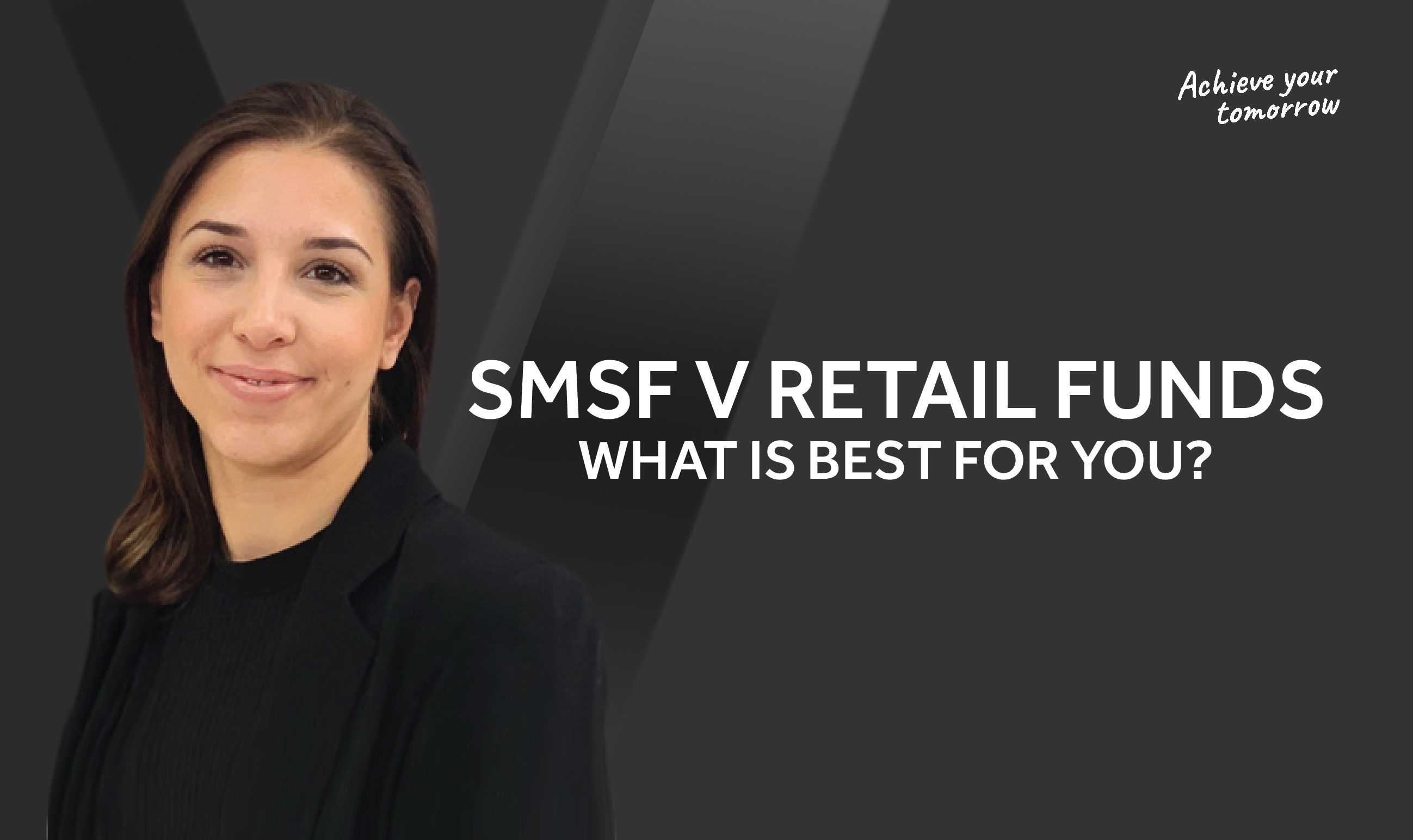
The world of superannuation funds is vast and varied, with two major players dominating the scene: Self-Managed Super Funds (SMSFs) and Retail Funds. While both aim to secure a comfortable retirement, their approaches differ significantly, making it crucial for potential investors to understand these differences before making a decision.
SMSFs: A Closer Look
An SMSF is a private super fund that you manage yourself. It offers a high degree of control and flexibility, allowing you to establish your own investment strategy and select from a wide range of investments. However, this control comes with significant responsibilities and potential risks.
Until recently, the Australian Securities and Investments Commission (ASIC) suggested that an SMSF was cost-effective only for those with balances above $500,000. This was due to the average yearly running cost of an SMSF being around $13,900. However, recent research commissioned by the SMSF Association has recommended revising this guidance to balances above $200,000. This change could encourage more investors to consider SMSFs and give advisers more confidence in setting up SMSFs for clients with balances in this lower range.
Retail Funds: An Overview
Retail super funds are offered by financial institutions such as banks and wealth management companies. They offer a wide range of investment portfolios and are open to everyone. However, they may have higher fees than other types of accounts, and the company that owns the fund has an incentive to generate a profit for its shareholders.
Comparing Fees
A 2019 Rainmaker report found that the average super fund charges $2,400 per year. In contrast, the average cost of running an SMSF was $14,879. However, the latest SMSF data from 2019-2020 show that the median operating expenses for an SMSF is $4,000. This includes deductible and non-deductible expenses such as the approved auditor fee, management and administration expenses, and the SMSF supervisory levy.
It is important to consider in this data that the “average” retail super fund balance is significantly lower than the average SMSF balance which skews the average fee numbers shown above. On higher balances we have seen lots of instances where SMSF fees are lower than retail funds. There are a lot of variables to consider when trying to compare fees between SMSFs and Retail Funds.
The Importance of Financial Advice
Given the complexities and potential risks associated with both SMSFs and Retail Funds, seeking financial advice is crucial. A financial planner can provide valuable insights into the advantages and disadvantages of each option, taking into account your personal circumstances, financial goals, and risk tolerance. They can also help you navigate the regulatory landscape and ensure that you meet all your legal obligations.
Conclusion
While SMSFs offer greater control and flexibility, they also come with higher responsibilities and potential risks. On the other hand, Retail Funds provide a more hands-off approach but may come with higher fees. Therefore, it's essential to carefully consider your individual circumstances and seek professional advice before making a decision. Remember, the goal is to secure a comfortable retirement, and the path you choose should align with your financial goals and capabilities.
